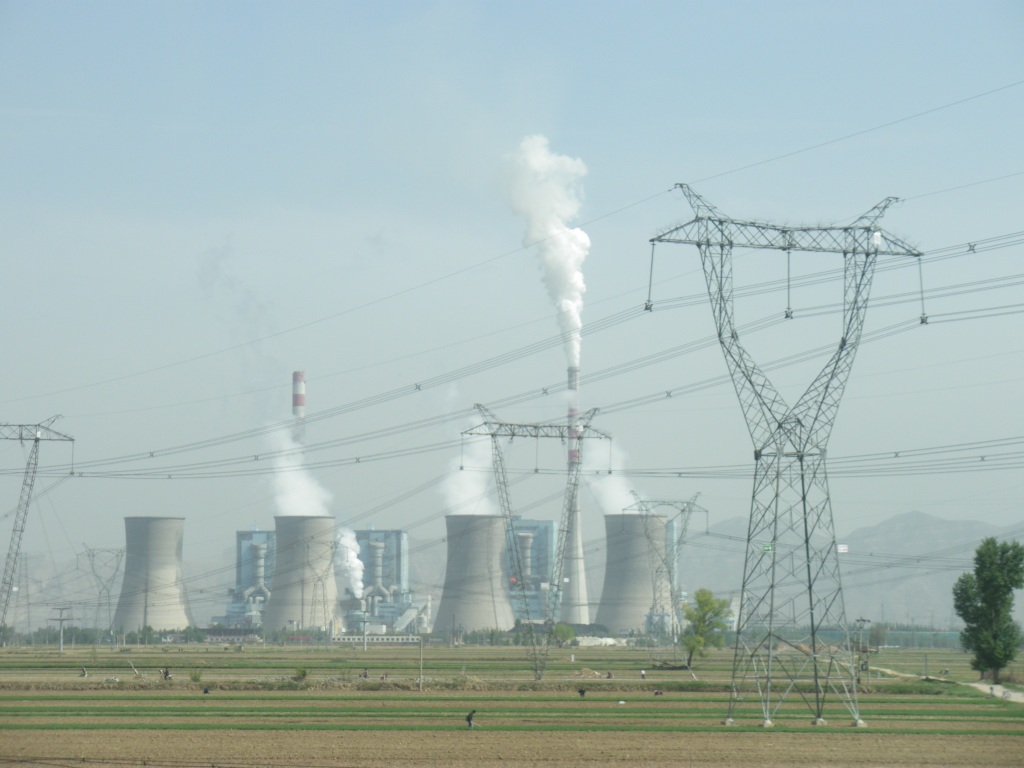
CHINA’S PATH TO ‘peak carbon’ by 2030 and becoming a net-zero carbon economy by 2060 is dubbed 1+N — one overarching blueprint and n number of implementing policies. On October 24, we got the ‘1’ in the form of a guidance document jointly released by the Party’s Central Committee and the State Council.
All future policy decisions on economic planning, macroeconomic adjustment and industrial policies will have to be compatible with the blueprint, which contains objectives and timelines for broad areas of the economy, including heavy industry, energy, transport, construction and finance.
The headline objective is raising non-fossil fuels share of energy consumption to at least 80% by 2060, a fivefold increase from 2020’s level, with a timeline for non-fossil fuels to hit a 20% share by 2025 and 25% by 2030. Both interim targets have been previously announced, but not the 2060 one.
Even before the current electricity shortages, coal accounted for approaching 60% of energy consumption, so scaling that back will be a dramatic change, and one being undertaken slowly.
Over the past five years, non-fossil fuels have been increasing their share of energy consumption by barely half a percentage point a year. That will need to be accelerated to triple that rate if the goal of creating a ‘green, low-carbon and circular economic system’ is to be met.
That is not only a question of increasing non-fossil fuel energy generation. It also means structural changes to industry and consumption to make the economy less energy-intensive. To have any hope of achieving its goals, Beijing will have to oversee the world’s largest reduction in carbon intensity.
As well as the coal, oil, and gas industries, chemical and petrochemical producers and steel makers can expect close attention from authorities regarding their energy efficiency.
The risks to economic growth inherent in a full-blown green transition are recognised. He Lifeng, head of the National Development and Reform Commission (NDRC), the top economic planning agency, says carbon reduction must be balanced with ensuring the security of industrial output and supply chains and, in what appears to be a nod to recent power outages, disruption to ‘people’s everyday lives’.
A leading group was established under the NDRC in May to guide and coordinate the transition. Yet, much of the implementation will depend on provincial and municipal authorities, and provinces will get some latitude over timing depending on the industrial structures.
However, local officials are on notice that their performance will be judged on their success in meeting their carbon reduction targets. Those who fall short can expect the same criticisms that came the way of officials who failed to meet economic growth targets when they were the benchmark. Officials will, no doubt, get as creative over emissions reductions accounting as they were with growth.
The guidance promises financial carrots as well as administrative sticks. Beijing is considering creating a national fund to promote the transition to a low carbon economy. That would likely support the development of carbon sinks, carbon capture and storage, and other carbon removal mechanisms.
An expansion of the national carbon trading market is all but inevitable. Supportive central banking (e.g., incorporating green credit into macroprudential assessment) and development of the green finance sector are also mentioned in the guidance.
So, too, is the encouragement of private investment in low-carbon industries. Banks and other financial institutions will be guided to provide long-term, low-cost funds for green and low-carbon projects. Policy banks will play a core role in underpinning long-term stable financing to support the green transition, which will not fail for lack of a plan.
This Bystander expects further details to emerge during the COP26 climate summit in Glasgow that starts at the end of this week.


